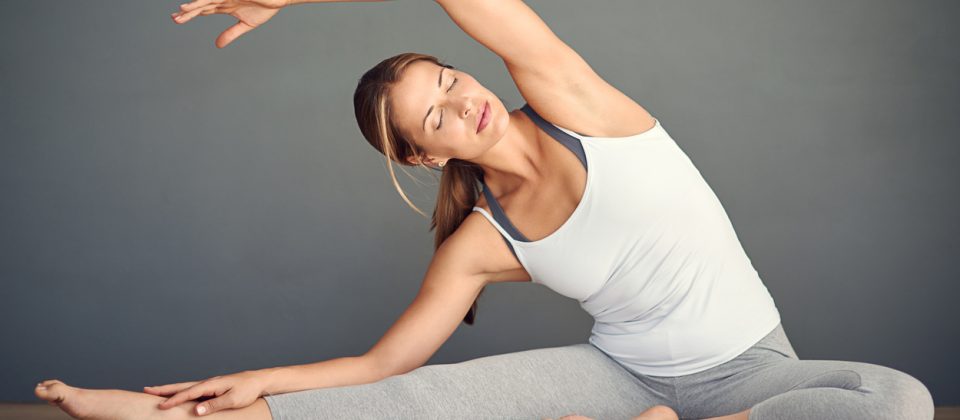Corrective Exercises
Many chronic injuries and painful conditions can be attributed to poor posture and dysfunctional movement patterns. For this reason, there are three components to the Sports Medicine Acupuncture® system: postural and functional movement assessment, treatment utilizing acupuncture and manual therapy, and then corrective exercise. Without adding a corrective exercise component to treatment, many postural and dysfunctional movement patterns will eventually return after treatment. As such, painful conditions will not fully resolve, or the patients will reinjure themselves causing pain to return. Read More
Qigong
Qigong (pronounced chee gong) is an ancient and effective healing exercise that incorporates a combination of special breathing methods, stationary postures, relaxed movement, strengthening and stretching, and different types of meditation. The regular practice of qigong can increase energy levels, regulate the nervous system, increase immune function, calm and focus the mind, improve cardiovascular and pulmonary function, strengthen the musculoskeletal system, and bring health and vitality to the entire body, mind, and spirit. Read More
Qigong is a rather general term for many different types of breathing and movement practices. Each system or form of qigong is designed with a specific purpose in mind. A more detailed introduction to qigong can be found in the articles section. There are four main schools or divisions of qigong, which are introduced here.
Self-Healing Qigong
Self-healing qigong, also known as scholar qigong, is probably the most widely practiced type of qigong exercise. Self-healing qigong can be used to help transform many types of disease or chronic illness and pain conditions. It is often practiced in conjunction with other types of medical treatment – both Eastern and Western. It can be practiced by anyone wanting to improve their health, as a form of illness prevention, and by people without any specific health issues as a way to ensure optimal physical, mental, and emotional wellbeing.
Martial Qigong
Martial qigong was initially developed as a way to strengthen the body and the body’s energy to enhance fighting skills. Conversely, there are some martial arts that have been created based on qigong theory. While many forms of martial qigong will also improve ones health, most are designed specifically for developing amazing levels of power and can injure the body if practiced excessively or incorrectly. These types of qigong are not recommended for practice by the general public, and should only be practiced under close supervision by a trained master.
Medical Qigong
Medical qigong is practiced for the purpose of developing and enhancing various healing skills. It can be used as a separate form or modality of treatment from acupuncture, herbal medicine, or tui na (Chinese massage and bodywork), or it can be used in conjunction with acupuncture or tui na to enhance the effects of the treatment. The practitioner trains their own qi to be used for treating a patient, and they may also direct the patient through a series of specific breathing techniques and/or mental visualizations while they are receiving a treatment. This type of method is now being integrated and studied in many hospitals around the world and shows great effectiveness, especially in the treatment of terminally ill patients, cancer patients, babies and children.
Spiritual Qigong
Spiritual qigong has been practiced for thousands of years within various monastic communities. In China, most spiritual qigong stems from either the Buddhist or Taoist traditions. However, in modern times, spiritual qigong is not necessarily part of any religion or specific spiritual discipline, rather it is a valuable tool that can be used by anyone regardless of their personal religious or spiritual beliefs to help them attain their full spiritual potential.
The main purpose of spiritual qigong is to elevate ones level of consciousness and ultimately achieve a state of enlightenment. While kept secret until the 20th century, spiritual qigong is now taught and practiced outside of monastic traditions, and can be practiced by anyone who is committed to spiritual/personal growth. The main purpose of these types of qigong is to teach one how to regulate the seven passions – happiness, anger, sorrow, joy, love, hate, and desire – and calm the six desires of the sensory body derived from the eyes, ears, nose, tongue, body, and mind, and to still the mind in order to achieve clarity of thought and purpose in life.
Spiritual qigong practitioners train to strengthen their qi in order to nourish the shen (mind/spirit). Shen is a term used in Chinese medicine that is commonly translated to spirit, but more accurately refers to the harmonious and effective functioning of the higher aspects of human intelligence and intuition with the mind and emotions. A diagnosis of shen disturbance can include any type of malfunction or disturbance of the psychological and emotional condition, which can include many types of mental illness, emotional disorders, or the myriad psychological disorders that are the result of trauma.
Spiritual qigong is also beneficial for the physical health because of its inherent connection to ones spiritual health, but the main focus is on training of the mind and spirit. It can be practiced by anyone committed to personal development regardless of his or her cultural or religious background.

